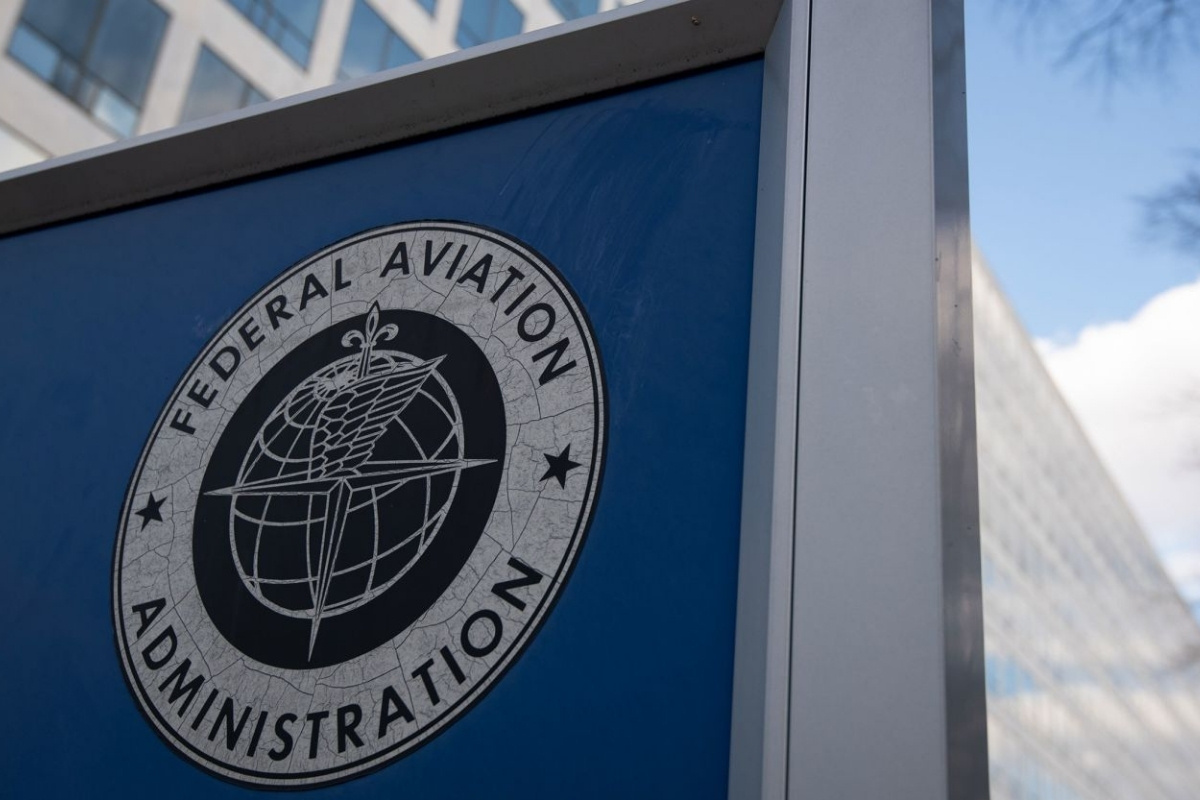
Ever wondered what the FAA does? The Federal Aviation Administration (FAA) plays a crucial role in keeping the skies safe. From regulating air traffic to certifying pilots, the FAA ensures that every flight operates smoothly. This agency oversees everything from commercial airlines to private jets, making sure all aircraft meet strict safety standards. They also manage air traffic control, guiding planes safely through busy skies. Whether you're a frequent flyer or just curious about aviation, understanding the FAA's responsibilities can give you a new appreciation for air travel. Ready to learn more? Let's dive into 30 fascinating facts about the FAA!
The Federal Aviation Administration (FAA): An Overview
The Federal Aviation Administration (FAA) is a crucial entity in the aviation world. It ensures the safety and efficiency of air travel in the United States. Here are some fascinating facts about the FAA that might surprise you.
- The FAA was established in 1958 to regulate and oversee all aspects of civil aviation in the U.S.
- It operates under the Department of Transportation (DOT), which oversees various transportation-related activities.
- The FAA's primary mission is to provide the safest, most efficient aerospace system in the world.
- It regulates all aspects of civil aviation, including air traffic control, certification of personnel and aircraft, and the enforcement of safety regulations.
- The FAA also oversees commercial space transportation, ensuring that space launches and reentries are safe.
Air Traffic Control: The Heartbeat of Aviation
Air traffic control (ATC) is one of the most critical functions of the FAA. It ensures that aircraft operate safely in the skies and on the ground.
- The FAA manages over 5,000 public-use airports in the United States.
- It operates 22 Air Route Traffic Control Centers (ARTCCs) across the country.
- The FAA's ATC system handles over 16 million flights annually.
- On average, the FAA manages around 45,000 flights per day.
- The busiest ATC facility in the U.S. is the Atlanta Air Route Traffic Control Center.
Safety Regulations: Keeping the Skies Safe
Safety is the FAA's top priority. The agency enforces strict regulations to ensure the safety of passengers, crew, and aircraft.
- The FAA requires all commercial pilots to hold an Airline Transport Pilot (ATP) certificate.
- It mandates regular maintenance checks for all commercial aircraft.
- The FAA conducts random inspections of airlines and aircraft to ensure compliance with safety regulations.
- It has a zero-tolerance policy for alcohol and drug use among pilots and air traffic controllers.
- The FAA's Aviation Safety Reporting System (ASRS) allows pilots and crew to report safety issues anonymously.
Innovations and Technology: Leading the Way
The FAA is at the forefront of aviation technology, constantly innovating to improve safety and efficiency.
- The FAA's NextGen program aims to modernize the U.S. air traffic control system.
- It uses satellite-based technology to improve navigation and communication.
- The FAA's Automatic Dependent Surveillance-Broadcast (ADS-B) system enhances aircraft tracking and situational awareness.
- The FAA is exploring the use of drones for various applications, including package delivery and infrastructure inspection.
- It collaborates with international aviation authorities to develop global safety standards.
Environmental Initiatives: Protecting the Planet
The FAA is committed to reducing the environmental impact of aviation. It implements various initiatives to promote sustainability.
- The FAA's Continuous Lower Energy, Emissions, and Noise (CLEEN) program aims to develop cleaner and quieter aircraft technologies.
- It promotes the use of sustainable aviation fuels (SAFs) to reduce greenhouse gas emissions.
- The FAA's Airport Sustainability Program helps airports implement environmentally friendly practices.
- It supports research on noise reduction technologies to minimize the impact of aircraft noise on communities.
- The FAA collaborates with international organizations to address global aviation environmental issues.
Training and Education: Preparing the Next Generation
The FAA plays a vital role in training and educating the next generation of aviation professionals.
- The FAA's Air Traffic Collegiate Training Initiative (AT-CTI) partners with colleges to train future air traffic controllers.
- It offers various scholarships and grants to support aviation education.
- The FAA's Flight Standards Service provides training and certification for pilots, mechanics, and other aviation professionals.
- It conducts outreach programs to encourage young people to pursue careers in aviation.
- The FAA's Civil Aerospace Medical Institute (CAMI) conducts research and provides training on aviation medicine and human factors.
Final Thoughts on FAA Facts
The Federal Aviation Administration (FAA) plays a crucial role in keeping our skies safe. From regulating air traffic to ensuring pilot training standards, the FAA's responsibilities are vast. Knowing these 30 facts gives you a better understanding of how air travel operates smoothly. Whether it's the NextGen system improving air traffic management or the strict regulations on drone usage, the FAA is always working to enhance aviation safety. These facts highlight the agency's commitment to innovation and safety. Next time you board a plane or see a drone, you'll appreciate the meticulous work behind the scenes. The FAA's efforts ensure that air travel remains one of the safest modes of transportation. So, keep these facts in mind and share them with others. Knowledge is power, and now you're equipped with some fascinating insights about the FAA. Safe travels!
Was this page helpful?
Our commitment to delivering trustworthy and engaging content is at the heart of what we do. Each fact on our site is contributed by real users like you, bringing a wealth of diverse insights and information. To ensure the highest standards of accuracy and reliability, our dedicated editors meticulously review each submission. This process guarantees that the facts we share are not only fascinating but also credible. Trust in our commitment to quality and authenticity as you explore and learn with us.
